Often overlooked and underappreciated in the world of ecommerce logistics are the boxes and packaging in which you ship your products. That arms-length approach to your shipping containers is understandable. It’s just a box, right?
Not exactly.
That custom box, padded mailer or simple envelope is the singular touchpoint between you and your customer for the entire ecommerce transaction.
Think about it.
A consumer browses your website and finds the product or products they want. A few clicks and keyboard inputs later, they mash the submit button on their order. From there, your fulfillment apparatus springs into action, picking and packing and labeling and shipping. A few days pass, then suddenly, as if it were logistical witchcraft and wizardry, your consumer is happily united with their new favorite widget, doodad, thingamajig, or gadget.
All jokes aside, other than what’s in the box, the box itself is the only other tangible item with which to make a lasting impression on that customer. The packaging you use and how you present it is no laughing matter.
So just how do you impress those valuable consumers? You know, the people that bought something from your ecommerce store? How do you get your products to them safely, and do so without busting your packing and shipping budget?
Read on for the beginner’s guide to ecommerce packaging.
What is Ecommerce Packaging?
It might seem a bit elementary, but it’s vital first to understand the core purposes for your packaging. It’s not always as obvious as it might seem.
First and foremost, the packaging is there to protect the product or products that you’re shipping. That’s a bit of a no-brainer, but selecting the right type of box or mailer is crucial to ensuring your products reach their final destination safe and sound. You wouldn’t ship cookware in a shoebox or pack cosmetics into a container meant for big bags of dog food.
Sure those are extreme examples, but you get the idea. The right packaging means an undamaged product, a happy customer, and you not having to sort through the headache of a return.
Second, the packaging is a tool to show off your brand’s commitment to quality and customer service.
How can a box do that, you might ask? It’s all in the presentation.
The packaging isn’t just about the box your product is shipped in, but whether it was packed with care. Does it include the proper amount of infill (bubble wrap, packing peanuts, kraft paper, etc.)? The appropriate documentation (receipt, catalog, reward offers, etc.)? Was it sealed properly and securely?
Are those small minor details? Absolutely. But will a customer take notice when one of those small details is amiss? Also, absolutely.
Finally, the packaging may serve as an unmoored billboard for your brand. Later on, we detail why this matters. At a surface level, your packaging is an opportunity to advertise your brand. And have it live on as long as the box or other shipping elements remain viable. Regardless of how your packaging finds a second life, as long as your brand is still front and center, it’s a further opportunity for folks to notice it.
Think about a few big-time ecommerce brands and how they package their wares. Pet supply companies are notoriously good about package branding, with Chewy’s giant blue logo the most prominent. Meal kit brand Dinnerly is another company that subscribes to the box as a billboard idea.
And lest we forget, the biggest of them all, Amazon and their black branded tape and A to Z smiley face arrow on the side of every box.
So with that brief overview out of the way, let’s explore a few specifics such as costs, materials, and why your ecommerce packaging is more than just packaging.
Cost Considerations for Ecommerce Packaging
While it can be easy to get caught up in the design and branding aspects, you still have a business to run. That means managing your packaging costs and ensuring you get the most bang for your buck.
Much of your shipping and packing costs revolve around the type of products you sell. Looking back at our earlier examples, if you sell cookware or similarly heavy or awkwardly shaped products, you’ll want to invest in heavy-duty packaging and infill that keeps those items securely in place. The more stout the material, the higher the cost, both to buy and ship.
Fragile items may not require heavy-duty boxing, but you’ll probably want to look into different types of infill that ensure those items arrive in one piece.
If your brand deals in smaller, lighter products, such as the aforementioned cosmetics or apparel, you can get by with less expensive materials. But if you’re selling an experience or a lifestyle, using premium materials for your custom packaging just might be a worthwhile investment. Whatever form your packaging takes, you still want to make sure it’s not susceptible to outside elements. Or overly aggressive delivery drivers.
If you go custom with your box size and packing materials across most of your product line, that is ideal. You’ll realize considerable savings by only paying for precisely what you need, compared to standardized packaging and shipping where you end up spending a fortune for empty space.
Just keep in mind that whatever your packaging needs are, your shipping materials add to the shipment’s weight. In turn, this will increase your shipping costs. We’ll touch on shipping below, but read our beginner’s guide to shipping strategy for a deeper dive at how to save shipping costs.
When choosing your packaging mix, you’ll also want to factor in the potential cost of returns. Underestimating your shipping needs could inevitably drive up your return costs. And not just due to the processing and replacement of the damaged goods, but what it could also mean for retaining customers.
As with every other aspect of your ecommerce business, plan ahead and put together a game plan for the type of packaging each of your products will require. Figuring this out ahead of time will save money. Both on the shipping materials you’ll need and the shipping expenses you’ll incur.
If you outsource your ecommerce fulfillment, work with your 3PL to determine the right packaging mix, and potentially receive a bulk discount on the materials you’ll need.
Types of Packaging
Now that we’ve determined the foundational basis of ecommerce packaging and it’s related costs, let’s delve into the types of packaging you’ll want to consider.
As we already indicated, it requires planning to work out the right mix of packaging that best fits your brand’s product line and budget. Unfortunately, picking the correct type of packaging does take some effort. It helps to understand the difference in box sizes, materials and costs to make an informed decision for your shipping needs.
In the end, the effort is worth it for your brand, your customers, and your bottom line. Let’s explore the different packaging types, including branding, boxes and envelopes, infill, and few intangibles.
Branded Versus Unbranded and Customization
Though we briefly touched on branded packaging benefits, putting a logo on your shipping material may not prove the best option for everyone.
First, custom boxes will cost more than your basic shipping materials, but are probably less expensive than you think. If you don’t think your brand will see a measurable benefit for the extra outlay, it’s worth foregoing the customization.
On the other hand, materials specific to your needs can serve two purposes. One, of course, is the additional advertising potential. Two, customization can result in boxes and packaging crafted to meet your product specs.
Subscription-based businesses make the most of this aspect, where packaging is part of the overall purchasing experience. The more practical application is that custom packing is more likely to arrive at its destination undamaged.
If you are interested in going the extra mile with shipping materials, contact us through live chat, give us a ring or request a free quote.
For everything else on our list, assume that you can opt to have it customized or not.
Mailers
Mailers are for items that are flat and small or light and don’t require too much protection. Offered in a variety of styles and sizes, mailers are ideal for a range of products. They most often ferry clothing, books and CDs, jewelry, or other small or flat items that don’t need an abundance of padding. You can pack higher dollar items in them too. Items such as art supplies, smart device cases and screen protectors, or accessories like earbuds or wallets fit perfectly in most mailers.
The three main categories of mailers include:
- Bags: Shipping bags are often reserved for clothing. They’re flexible and able to hold several items at once (depending on size) by merely pushing out excess air. The bags themselves are light and relatively inexpensive and won’t add much to your shipping or materials costs.
- Tyvek Envelopes: Not the plain envelope you accustomed to, Tyvek envelopes are constructed from high-density polyethylene fibers, which makes them highly durable (they are difficult to rip or tear). Slightly larger than 8½ x 11 envelopes, Tyvek envelopes are also ideal for shipping clothes or flimsy items that don’t require a lot of protection. Costs are similar to bags.
- Padded Mailers: For smaller items requiring added layers of protection, you’ll want to use padded mailers. The most common type of padded envelopes features an interior lined with bubble wrap. These mailers come in various sizes from small (can fit a tiny box, like a pair of earrings) to very large (some can hold a full-size iPad with packaging). Material-wise, padded mailers will cost more than bags or Tyvek envelopes, but will still help keep your shipping costs low.
Cardboard Boxes
The real workhorse of the internet shipping world is the cardboard box. Arguably, an innovation on par with the wheel, this brown rigid vessel is where the vast majority of buyers and sellers place their ecommerce dreams. Without it, Amazon would still be a bookstore, and even fewer people would volunteer to help you move.
Specifically, the corrugated box is what moves much of the merchandise from the warehouse to the home. A basic or single-walled corrugated box is basically two sheets of containerboard (linerboard) glued to a corrugated medium (a wavy or fluted piece of containerboard).
For shipping purposes, you have three basic types of corrugated boxes to choose from:
- Single Wall: This is the thickness of your basic cardboard box and is suitable for the vast majority of ecommerce shipping. Sturdy and lightweight, it offers adequate protection without adding too much weight to your packaging or shipping costs.
- Double Wall: By adding an extra layer of protection, a double-wall corrugated box will handle heavy or bulky items far easier than the single wall version. That additional protection, however, will increase both your material and shipping costs.
- Triple Wall: Triple wall boxes carry a similar strength to wood crates and are designed for your big-ticket man-cave and she-shed items – televisions, appliances, glass tabletops, or large glass framed artwork. It’s also used for commercial purposes like shipping medical equipment. The cost to both acquire and ship is very high.
Of course, corrugated boxes can take numerous shapes and forms, and usually fall into one of the following categories: slotted, telescope, rigid, and folders. There’s also a grouping for interior forms that effectively serve as interior dividers, like for bottles of liquid, for more secure shipping.
The full list of corrugated box forms include:
- Slotted
- Regular slotted container (note that this your most common, tried and true corrugated shipping box)
- Half slotted container
- Overlap slotted container
- Full overlap slotted container
- Center special slotted container
- Center special overlap slotted container
- Center special full overlap slotted container
- Telescope
- Full telescope design style container
- Design style container with a cover
- Full telescope half slotted container
- Rigid
-
- Rigid boxes
- Self-erecting boxes
- Folders
-
- One-piece folder
- Five-panel folder
- Trays
Since this is a beginner’s guide, we will keep the central focus on the basic corrugated regular slotted container. You can find more options in our guide to custom boxes and branded packaging or guide to CBD packaging boxes. However, whatever your ecommerce shipping needs, know that you can find a preformed box or have a container customer made to satisfy your specific product needs.
Securing Your Packaging
Equally as important as the box you ship your products in is how you secure the item or items inside. Typically referred to as infill, this is what keeps your products cozy throughout their travels. An important detail, considering those travels, might include boats and planes and trucks and trains, and if you ship through Amazon, the occasional car ride home.
Again, just as with your choice of mailers or boxes, the critical factor to choosing infill is determining what best suits your product line. Your goal is to find the happy medium between secure shipping and materials that don’t overstuff your expense report.
Below we detail the major items involved in securing your packaging.
Infill
The first thing to recognize about infill is that it’s not always necessary. If you’ve ever received anything via Amazon, you know they use infill only when necessary and only the minimal amount to keep a product from being damaged.
It’s a good rule of thumb to follow as it will save you money over the long term. The trade-off with minimal infill, however, that you run the risk of your returns going up. Similar to boxes, work with your 3PL or others on your logistics team to find the right combination of infill materials.
One other note regarding infill is that it’s not always environmentally friendly. With more and more people buying products through ecommerce, more and more packing materials are finding their way into the bottom of trash cans. It’s something to keep in mind as you choose your infill. Environmentally conscious brands are often well-regarded among consumers.
The most common forms of infill include:
- Kraft Paper: Kraft paper is the Amazon standard and is the most versatile and cheapest packing infill available. The paper itself comes in various thicknesses and can tear off into whatever size sheet you need. It is also very lightweight and will add nothing to your shipping costs. Kraft paper is also good for the environment and is both recyclable and offered as a recyclable product.
- Bubble Wrap: Perhaps the most widely known infill material, thanks to its aftermarket amusement for kids and adults alike, bubble wrap has long been a packing and shipping staple. Offering superior protection for even the most fragile items, it’s a go-to for ecommerce businesses that sell glassware, framed art, or similarly delicate objects. It’s relative light weight also makes it a good option for keeping shipping costs low. The downsides include it’s non-recyclable and can be a burden to store.
- Packing Peanuts: Another ubiquitous packing material, the packing peanut is one of the least appealing infill forms available. While they offer great product protection, they are messy, a pain to clean up, easy for children to swallow, difficult to recycle, and not the easiest material to store.
- Inflatables: Also called air pillows, these plastic, air-filled bubbles have grown in popularity over the past decade (not surprisingly with the rise of ecommerce). They are super light and offer excellent protection, which helps keep both shipping and return costs low. However, the tradeoff is that they are not altogether environmentally-friendly (some are recyclable, some are not), and can prove challenging to manage or store. You can purchase the fill on-demand version, which is easy to store but requires the use of an air filler. Purchase them pre-filled, and you run into storage issues. Overall a good alternative to bubble wrap or peanuts.
- Molded Pulp: The first of two molded infill options, molded pulp (commonly recycled newsprint or cardboard), is a popular option with many lifestyle brands and is mostly used to keep wine safe during the shipping process. It’s also a useful option to keep high-ticket items like electronics or small kitchen appliances from bouncing around in transit. Still, it can be expensive to customize and purchase and also adds weight to your packaging. It is, however, environmentally friendly.
- Molded Styrofoam: Unlike its cardboard cousin, molded styrofoam is not as easily recyclable. But it does offer excellent protection for fragile items during shipping. Most associated with helping to cushion televisions or other high dollar electronics, molded styrofoam is an impractical option for most ecommerce shipping needs.
- Shredded Cardboard: Not as widely used as other infill forms, shredded cardboard is a decent alternative to molded cardboard and styrofoam. Not as rigid as those options, it does give you a bit more flexibility in packaging your products. It’s also relatively inexpensive to purchase pre-shredded. If you’re the industrious type, you can also repurpose old cardboard boxes yourself. Though it’s eco-conscious, it may add weight to your packaging depending on thickness and how much you use.
- Crinkle Paper: Perhaps the least used of your basic infill types, crinkle paper is often reserved for specialty or custom packing. While it’s messy to clean up, it does add a nice esthetic while in the box. As a highly recyclable material, it’s worth considering if yours is a lifestyle brand. It can, however, be costly to use.
- Additional Infill Options: Cardboard inserts are increasingly popular with lifestyle brands that want to showcase product sets. GreenWrap is a combination of tissue paper and biodegradable die cut Kraft paper cut into a honeycomb pattern. Double-boxing puts an already boxed product (like a small appliance) into a slightly larger box to increase protection without adding infill.
Tape
Didn’t think we’d forget about the tape, did you? It is, after all, the thing that holds the entire operation together.
While tape might seem fairly ho-hum, it’s something you shouldn’t overlook when strategizing your packaging approach. Amazon has single-handedly made packing tape famous with its highly recognizable black strip of tape featuring the Amazon or Amazon Prime monikers.
If custom tape isn’t your thing, then standard clear acrylic tape is perfectly acceptable for the vast majority of shipments. It’s cheap, easy to apply, and customers will rarely hold it against you.
Conversely, Kraft paper tape – both the water-activated and non-water activated varieties – will provide your packaging a bit more punch. It is highly customizable. It comes in all manner of colors, and as Amazon proves (it’s what they use after all), you can brand it however which way you choose.
Going the Extra Mile
See what we did there? Shipping. Extra mile.
Anyway, as you’ve already guessed, ecommerce packaging extends beyond the box and the materials you use to secure it and the product inside. The competitive nature of ecommerce, regardless of which product segment you’re in, demands that you go the extra mile for your customers. And yes, that includes what you ship their orders in and the extra touches you add.
Here are a few ways to stand out amongst the crowd and differentiate your brand’s packaging from your competitors.
Eco-Friendly Packaging
We touched on eco-friendly packaging at length when discussing infill. However, shipping with boxes that are good for the environment – and making sure your customers know about it – goes a long way to building a loyal fan base.
Increasingly popular amongst lifestyle ecommerce brands, a number of mainstream companies are getting in on the green movement. There are even boutique logistical groups, such as Eco-Friendly Boxes that help firms make responsible packing choices.
Whether it’s just a few aspects of your fulfillment process, like biodegradable infill, or you opt to go all-in with recycled and recyclable materials across your entire logistics network, don’t shy away from letting your consumers know. In a highly competitive market, being socially conscious can set your brand apart.
Shipping Paperwork
Boring subtitle, right? Well, receipts, invoices, packing lists – whatever you want to call them – are an integral, and often dull, part of the packing and shipping process. Necessary as they may be, they are frequently dour affairs that relay information in the most straightforward and mundane manner possible.
Don’t shy up away from spicing up your packaging paperwork. Tongue-in-check messages (be careful to entertain, not offend), colorful invoices, or artfully branded packing lists will all leave a lasting impression on your customer during their unboxing.
Even better, a package is yet another opportunity to get marketing materials in front of your customers. Feature coupons or discount codes on your receipts (or as standalone pieces) and include your company catalog if you have one. You’ll be surprised at how many people will flip through that before pulling their original order from the box.
Simple, “Thank You for being a Customer” inserts (even better if personalized) can make a person feel valued and special. It could compel them to return to your brand again and again.
Do you have, or can you afford to give away free samples? If so, do it. People love free stuff. They love it even more from a brand they themselves love. Remember our cookware? Toss in a free spatula or cleaning brush. Heck, even a “free” recipe printed on a postcard will do the trick. It’s the type of value-add endeavor they will tell their friends, family, and coworkers about, increasing your pool of potential new customers.
Subtle Touches
Ever hear the phrase, it’s the little things? This is where we talk about the little things. Small, subtle touches such as bright, colorful tissue paper or fun, strategically placed stickers brighten up any unboxing experience. And a great experience gives customers good vibes about your brand.
Stickers are an incredibly useful marketing tool. They are a cheaper alternative to branding the outside of your shipping box. You can use them as an extra seal on an interior box, complete with a thank you message. Or use them to keep a coupon or thank you note in place, so it’s the first thing a person sees when unboxing. Of course, stickers do a nice job of keeping tissue paper wrapped around a shirt, too.
Speaking of tissue paper, Disney offers a good example of making the most out of a seemingly innocuous piece of paper.
Order anything from their online store, and chances are it will come in your basic, non-descript corrugated box (single-walled, of course). Open it up, however, and you’re greeted with a few pieces of tissue paper with silhouettes of many of Disney’s most beloved characters. It’s a nice, understated touch. You can even reuse the tissue paper when gifting something to your favorite Disney fan.
Whatever your subtle touches may be, ensure they’re on-brand, appeal to your customers, and make a memorable, lasting impact.
Final Thoughts: Why Does Ecommerce Packaging Matter?
Now that you understand all the ways, shapes, and forms that your ecommerce packaging can take, it’s worth visiting why that packaging matters. To explore a few trends transforming shipping materials into more than just packaging.
Considering we now live in a digital consumer-driven Instagrammy YouTube kind of world, growing your brand is about more than just the products you sell. Yes, you need a great product people want to buy. And, of course, reliable customer service is an equally worthwhile endeavor. But consumers these days also want to be wowed, impressed, or simply made to feel special.
In other words, not only do they want a great product, but they want a great presentation, a great experience. Here in this niche part of consumerism, you can make an impression not just on people buying your product, but other people who watch those people that buy your product unbox it.
Confused?
Seriously, head over to YouTube, type “Unboxing” into the search bar, and then just scroll. It’s okay; we’ll wait.
See what we mean? Do the same thing on Pinterest or with #unboxing on Instagram, and you’ll get similar results. It’s weird and crazy and fun all at the same time, and it emphasizes the importance of ecommerce packaging.
You never know when your product, and the package it was delivered in, will have a starring role. How well you present yourself could result in a massive boost to your brand.
But even if you choose not to brand, your packing still matters. Consumers appreciate when their orders arrive unharmed. They recognize the attention to detail and a purchasing process that is seamless and well thought out. From their time browsing online to the moment they unbox their order.
Regardless of what approach you take and the packaging you use, remember it’s a critical element in the customer experience. Ensure your brand is one they will keep wanting to unbox for years to come.
Ready to think outside the box? Let's get started!
Get in touch with a custom packaging specialist now for a free consultation and instant price quote.


.svg)
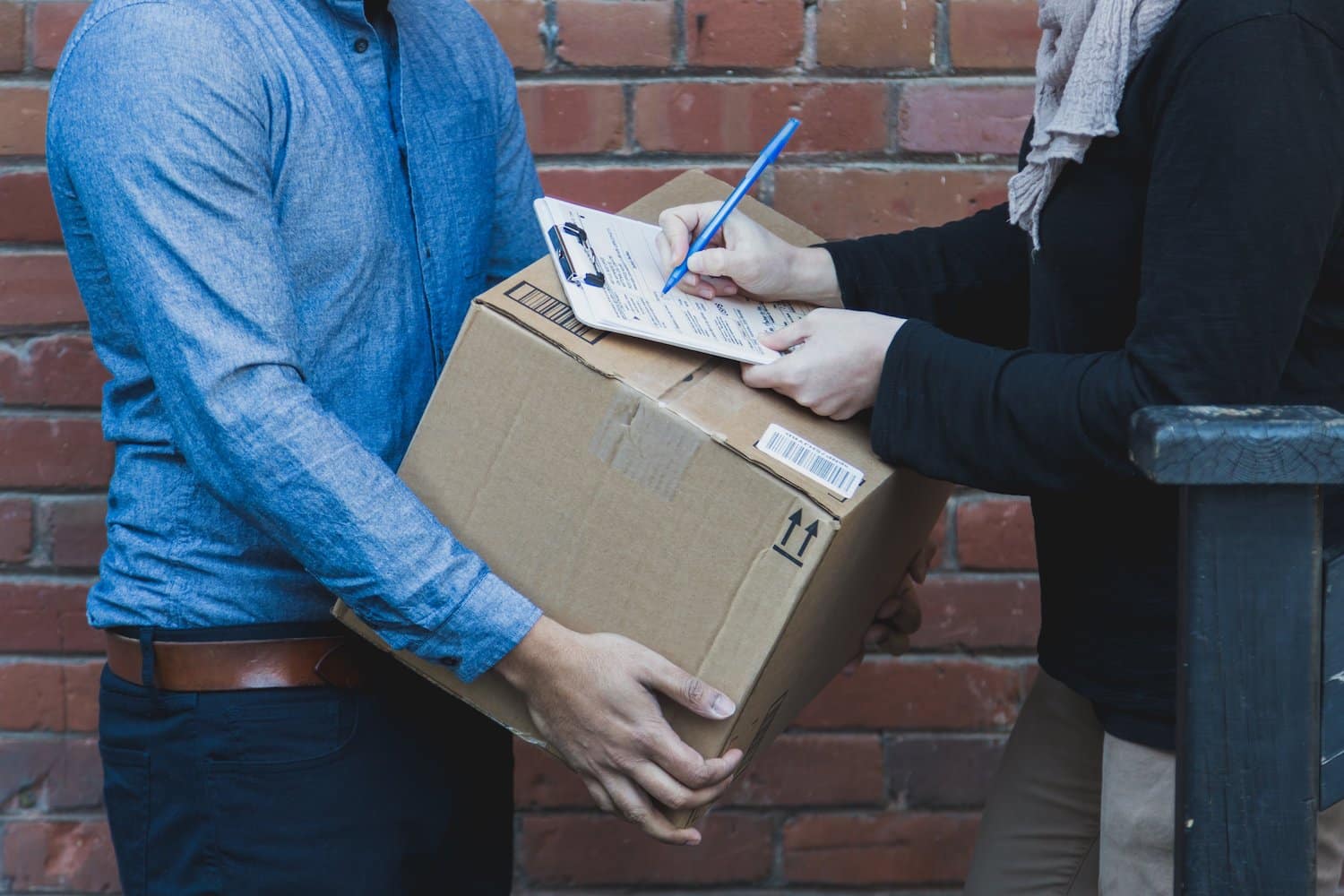


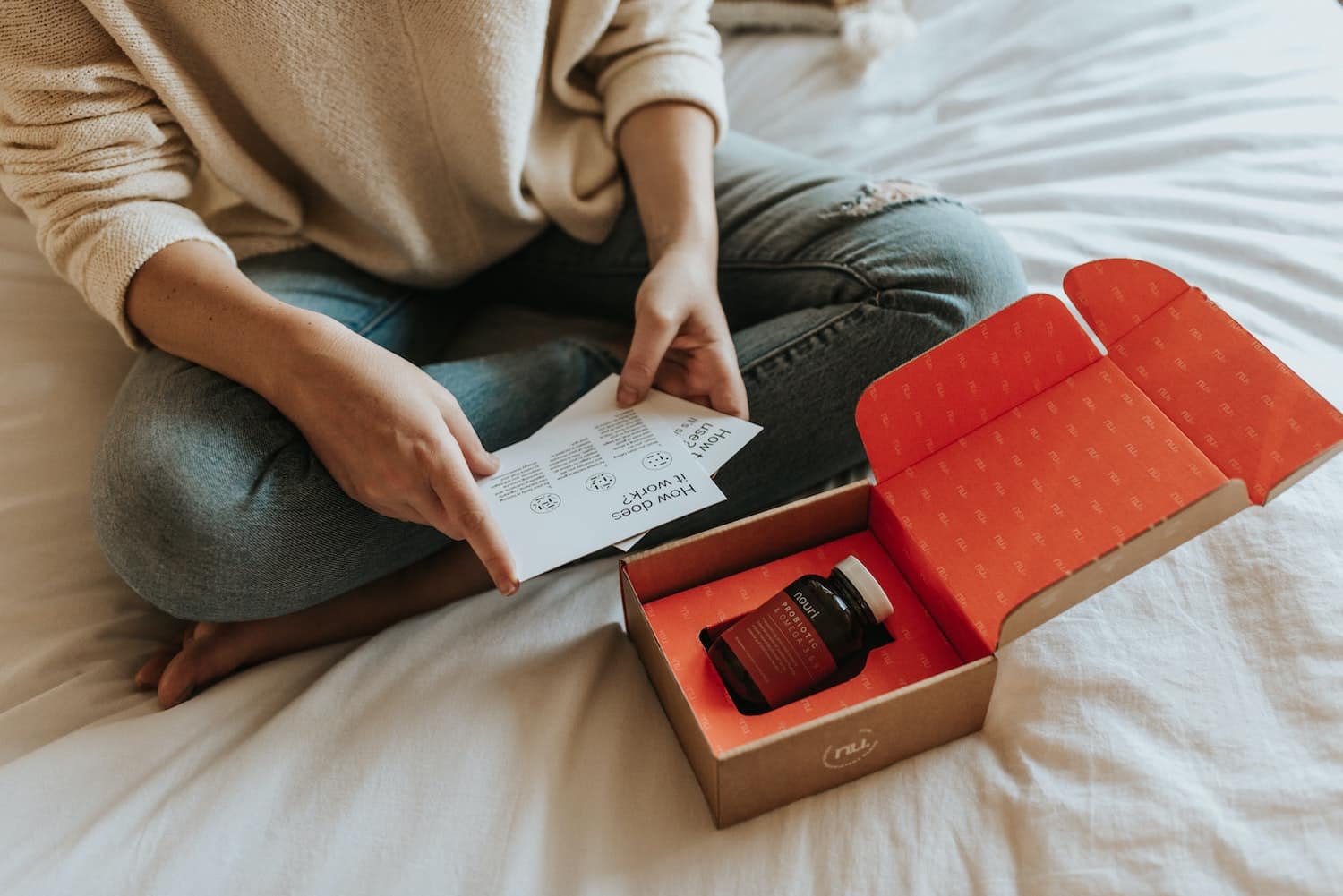
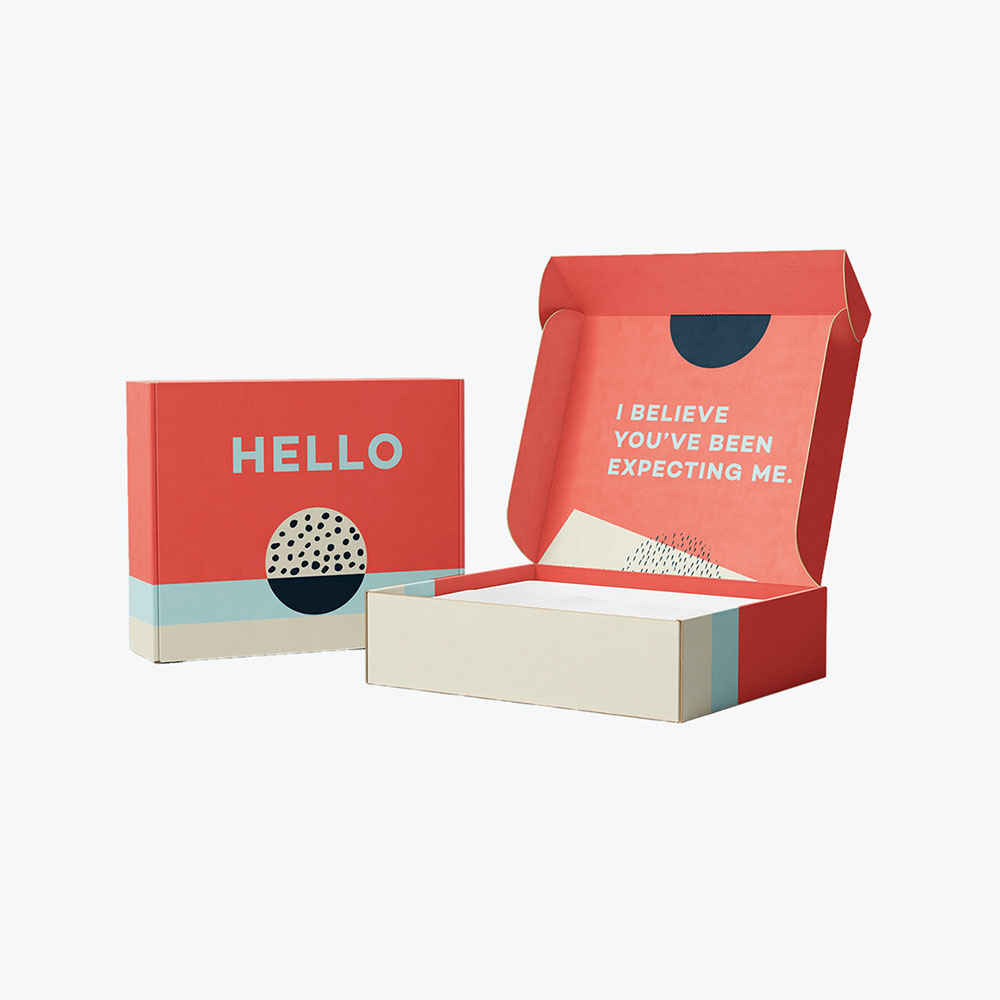
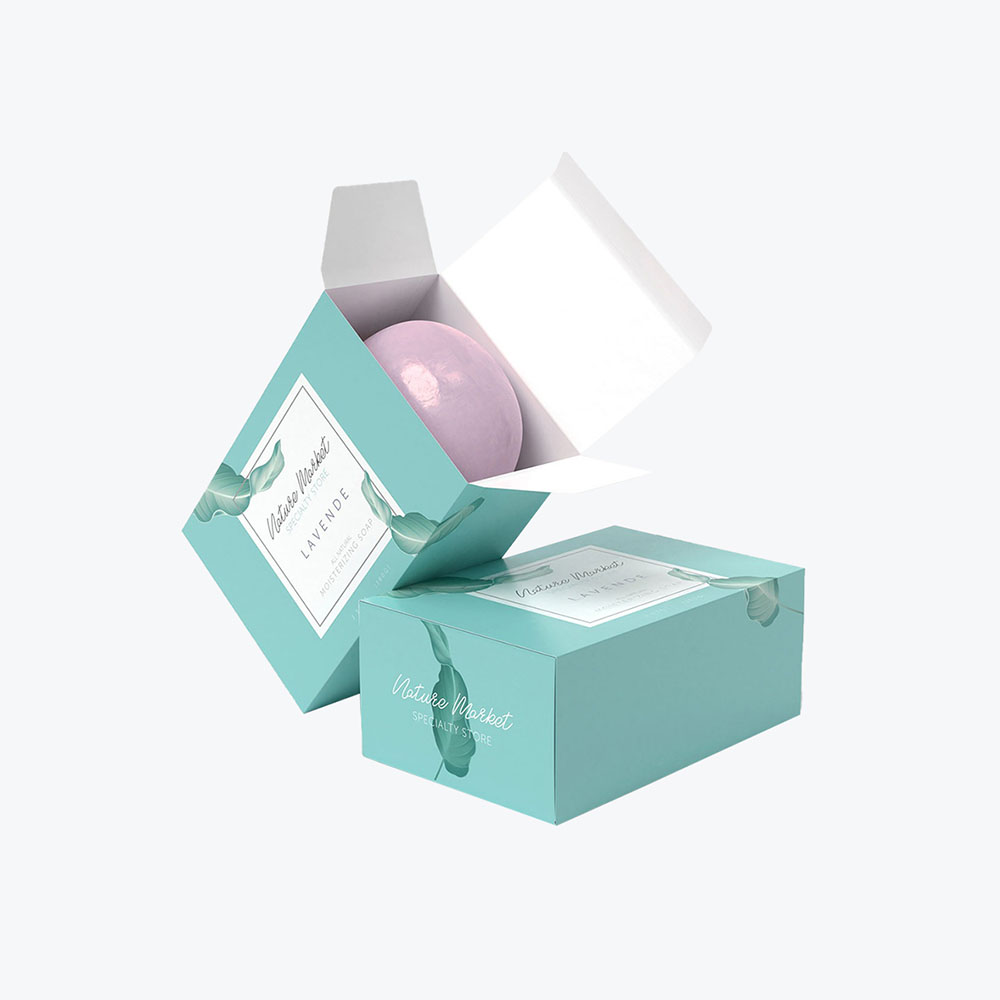
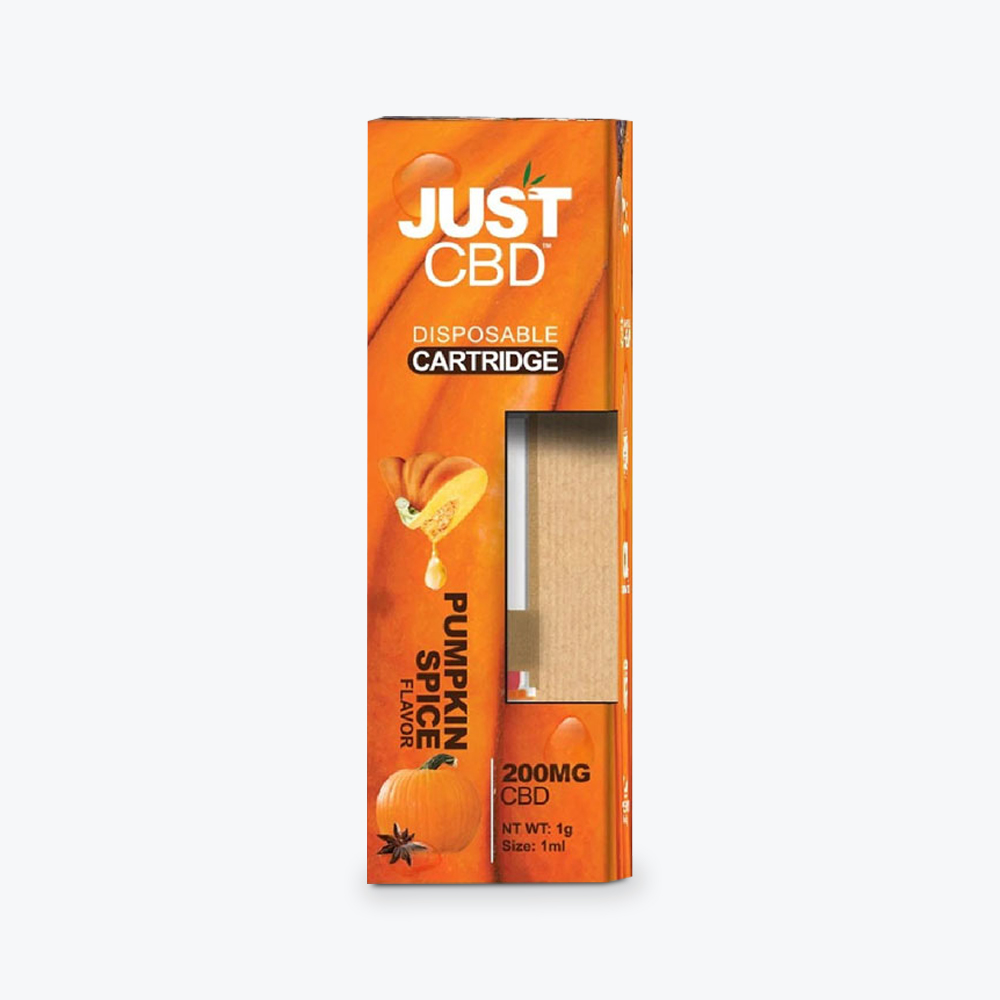
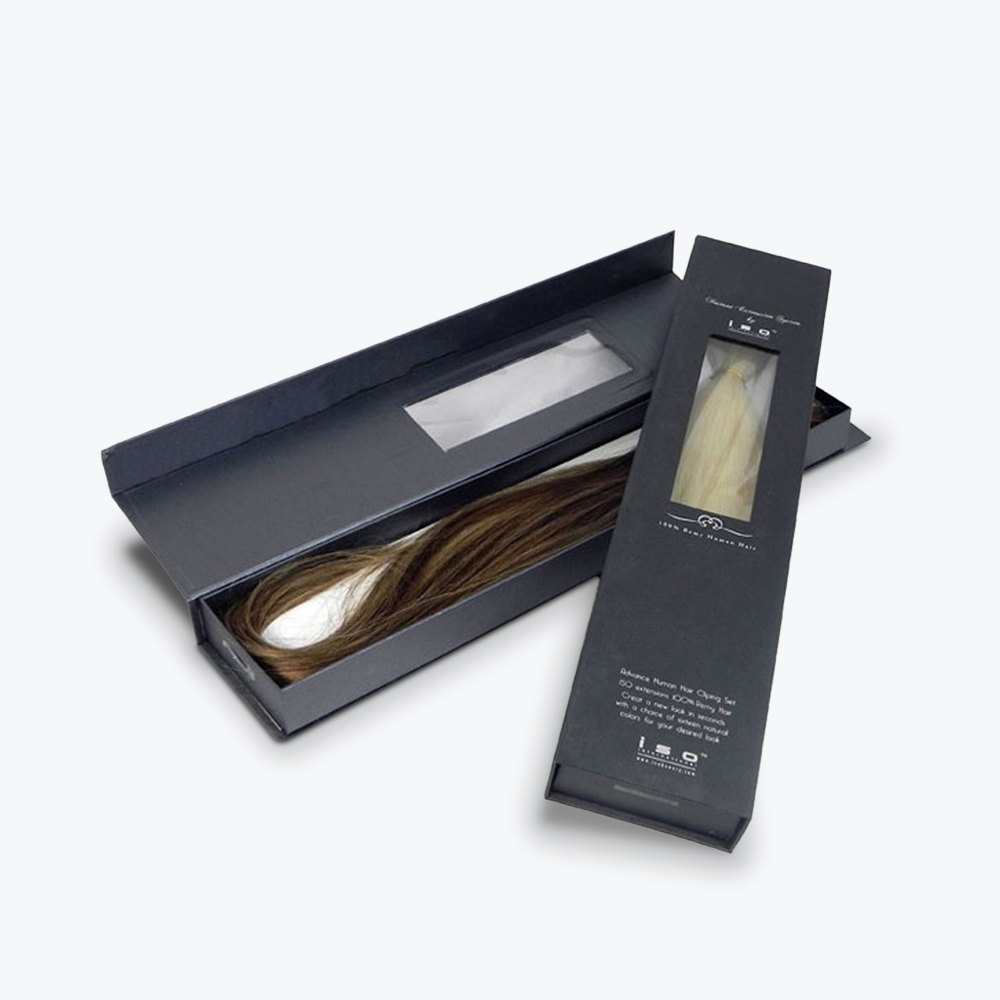




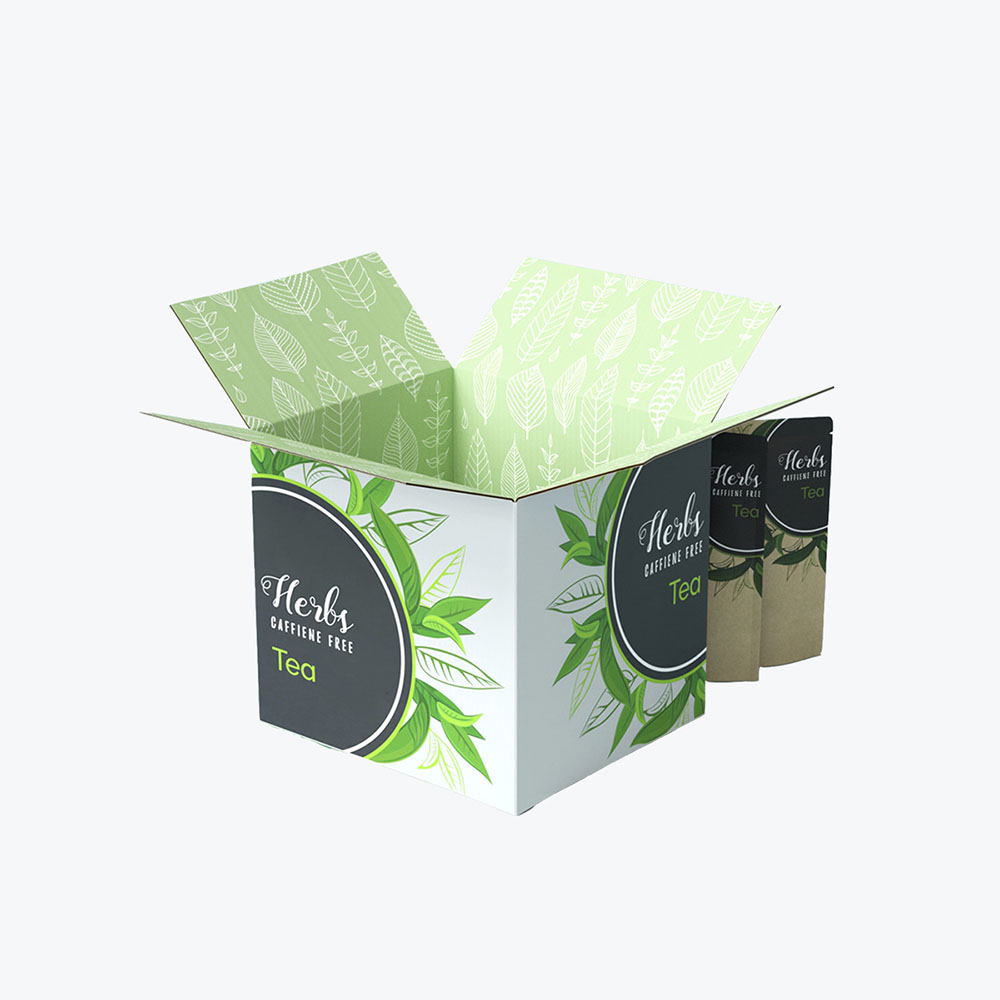

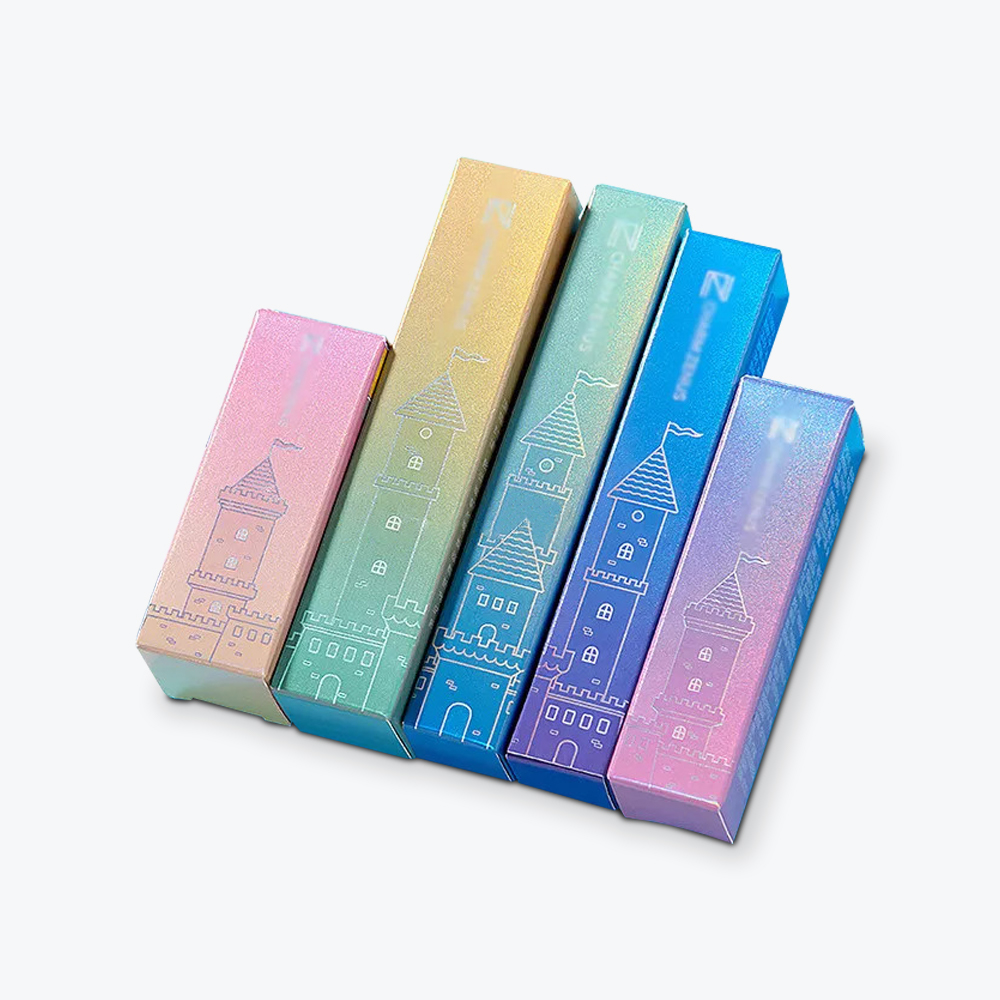

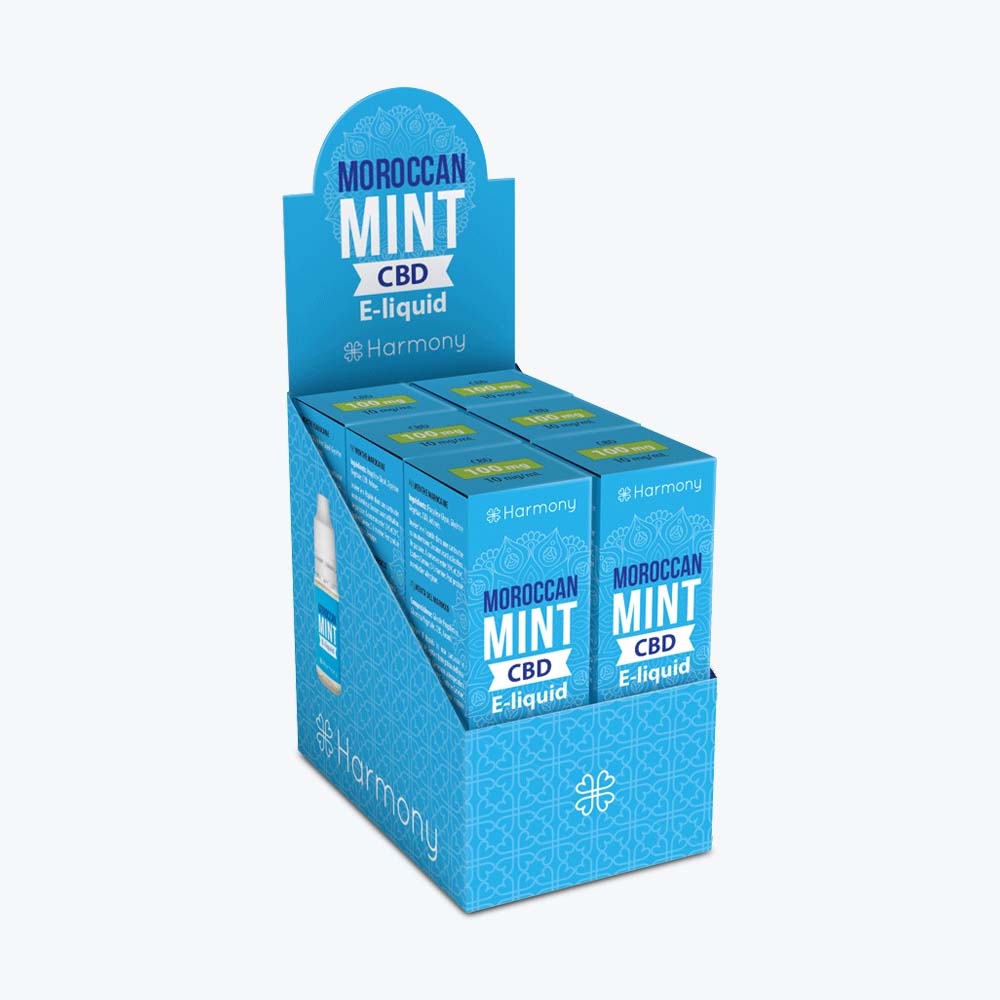
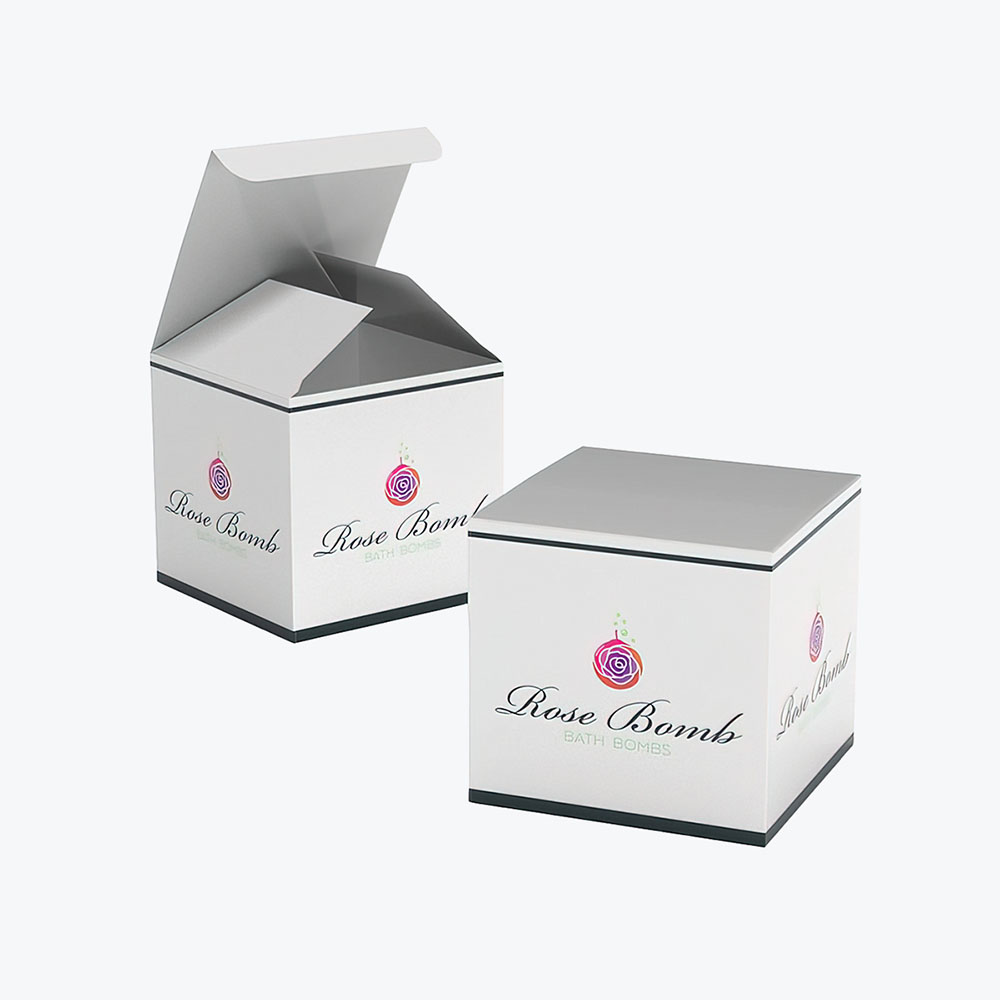
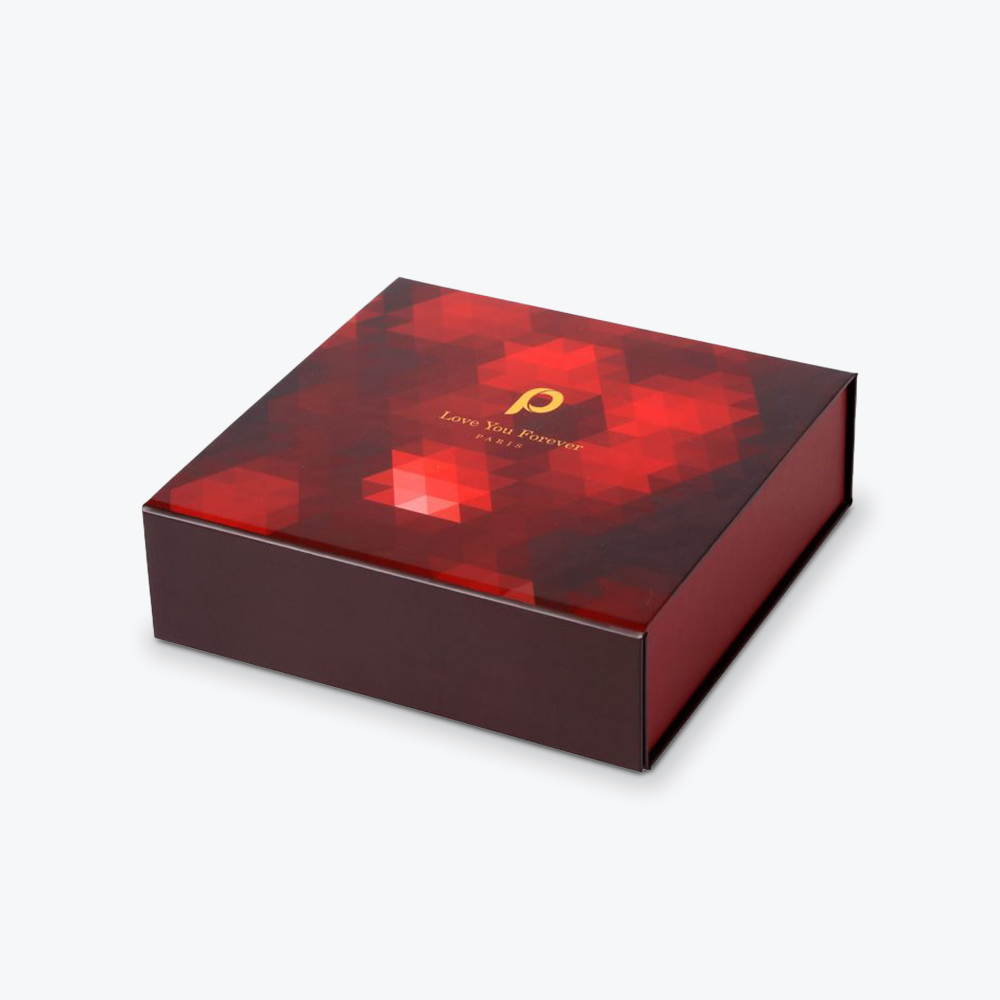
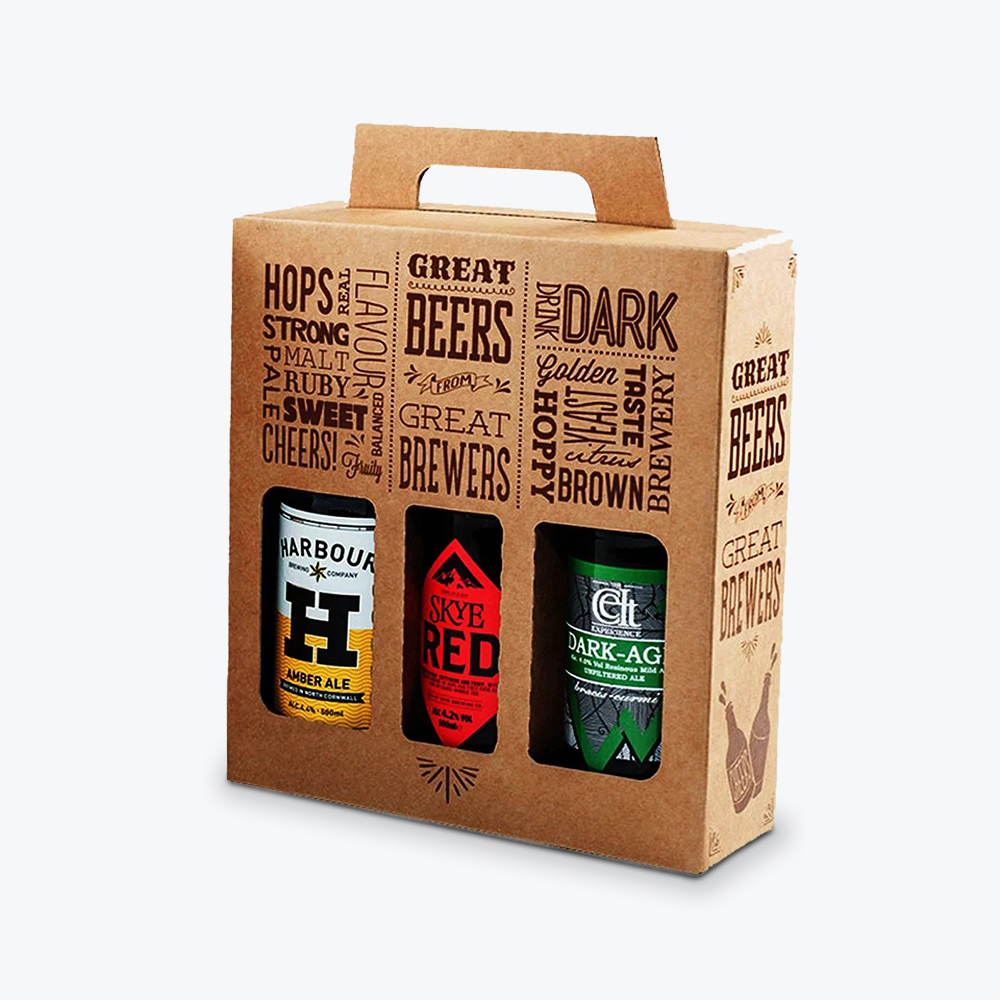
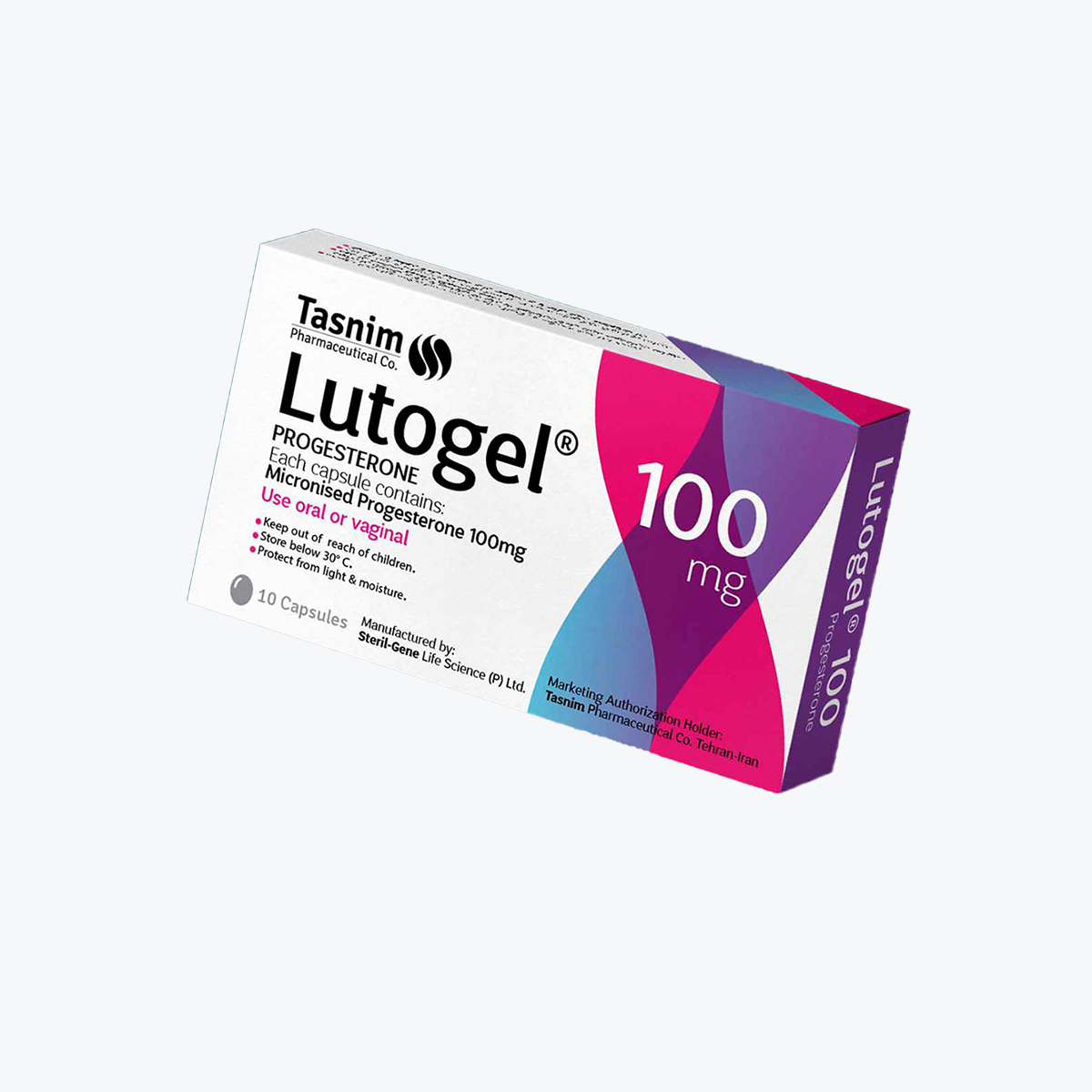
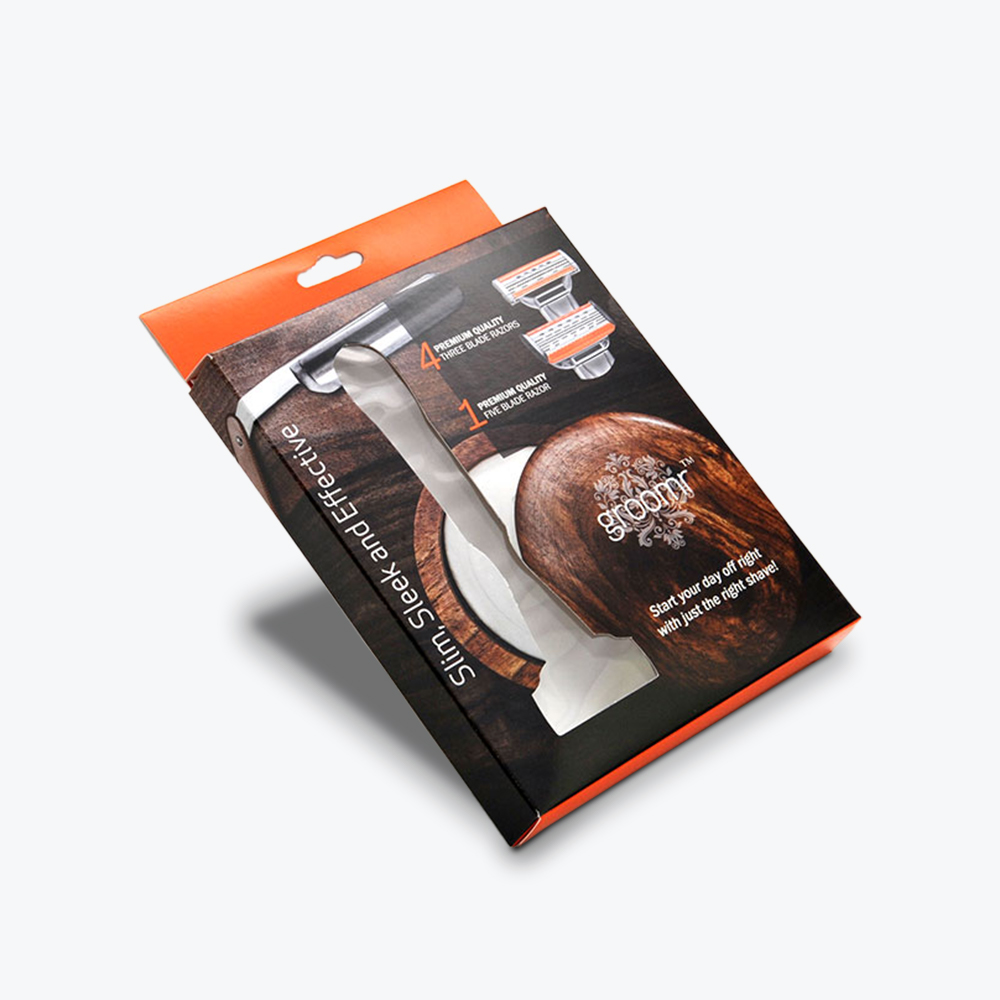
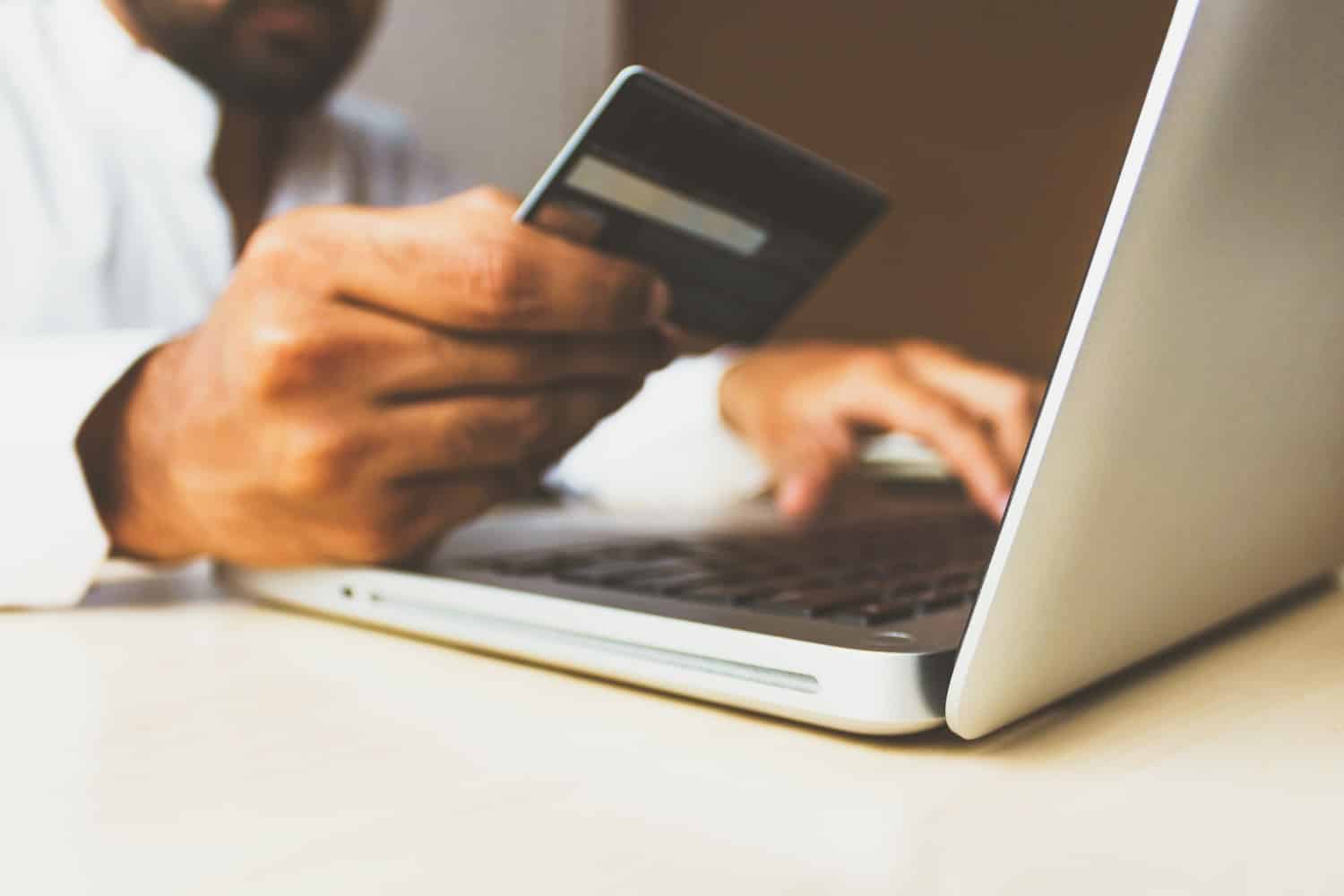
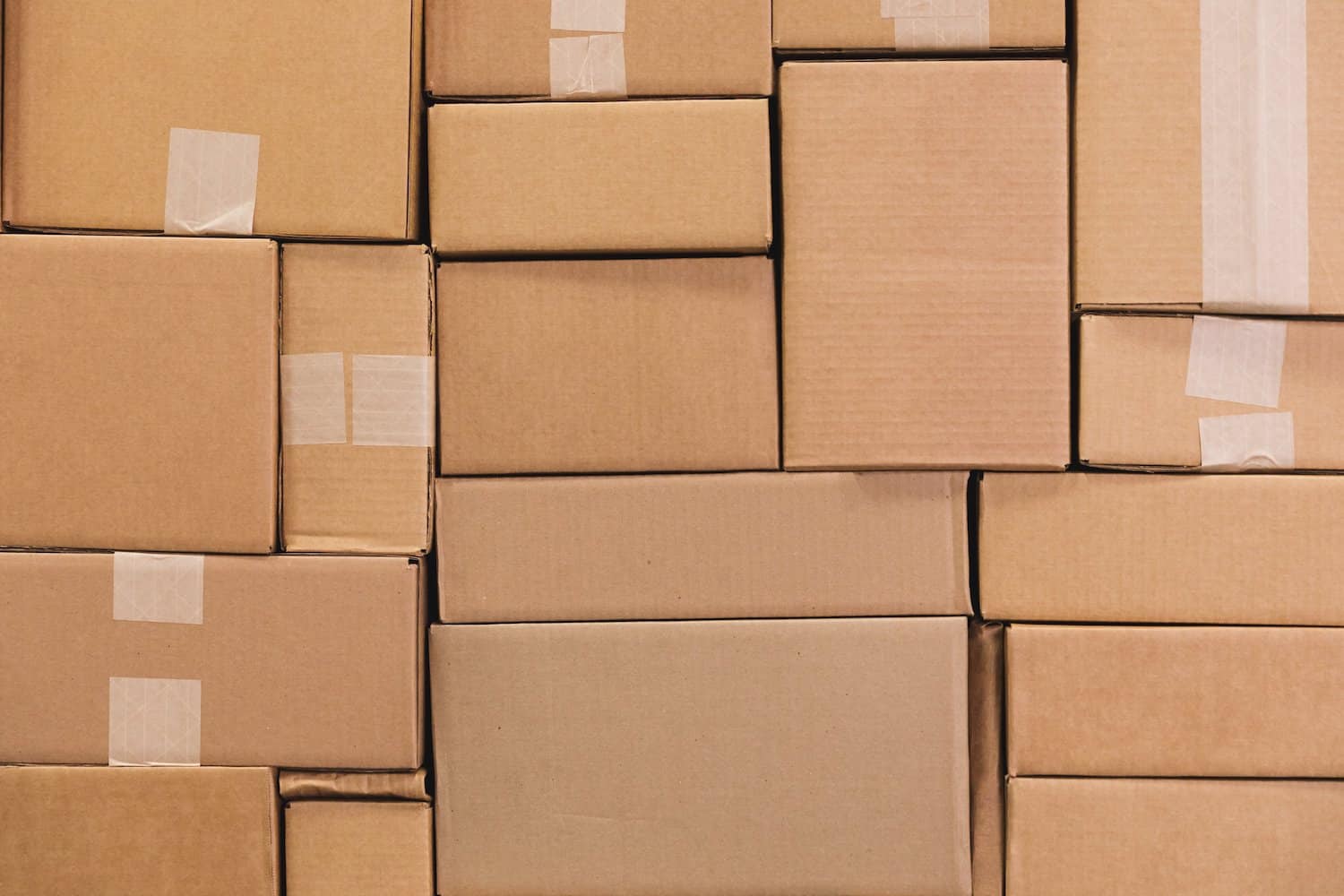
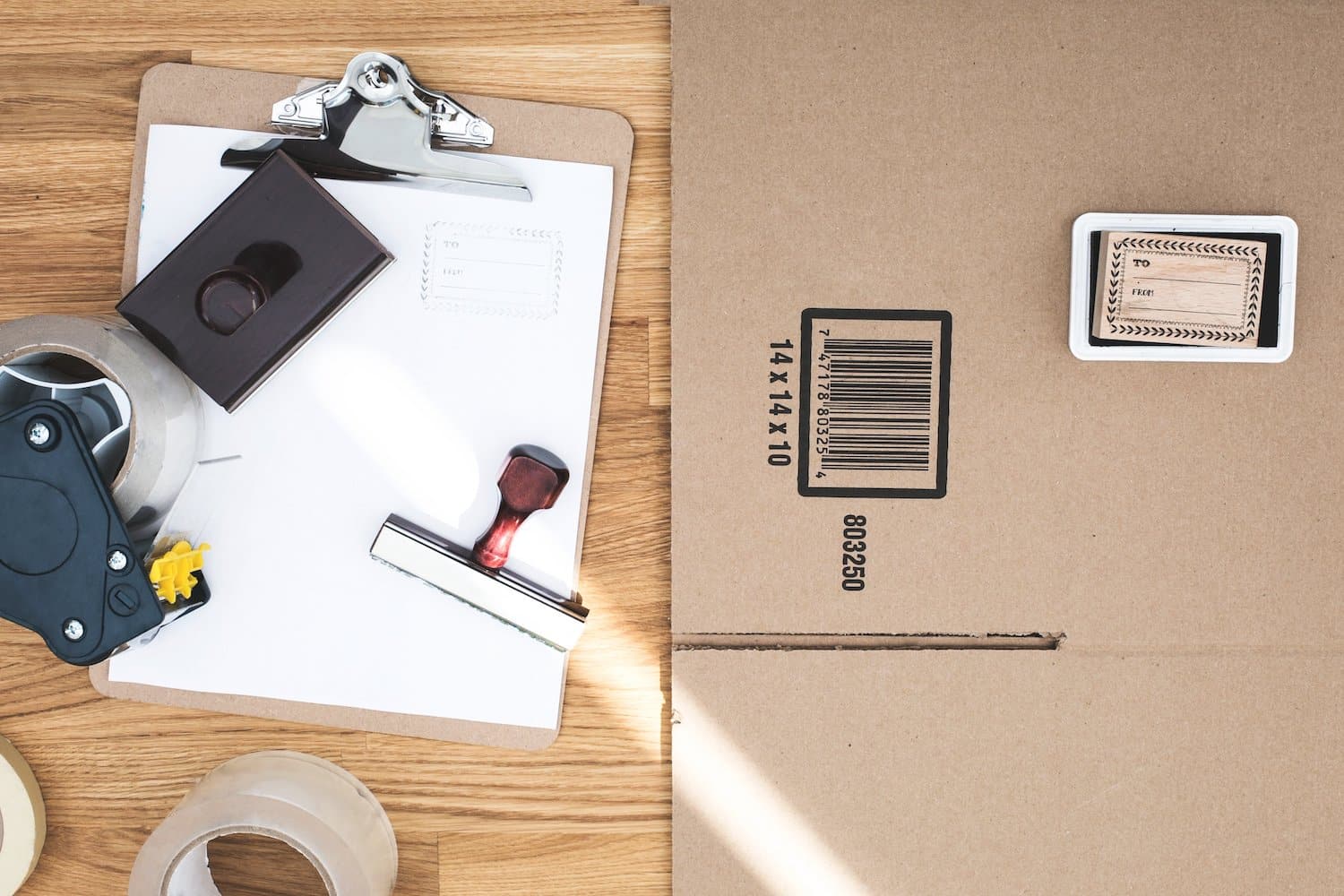
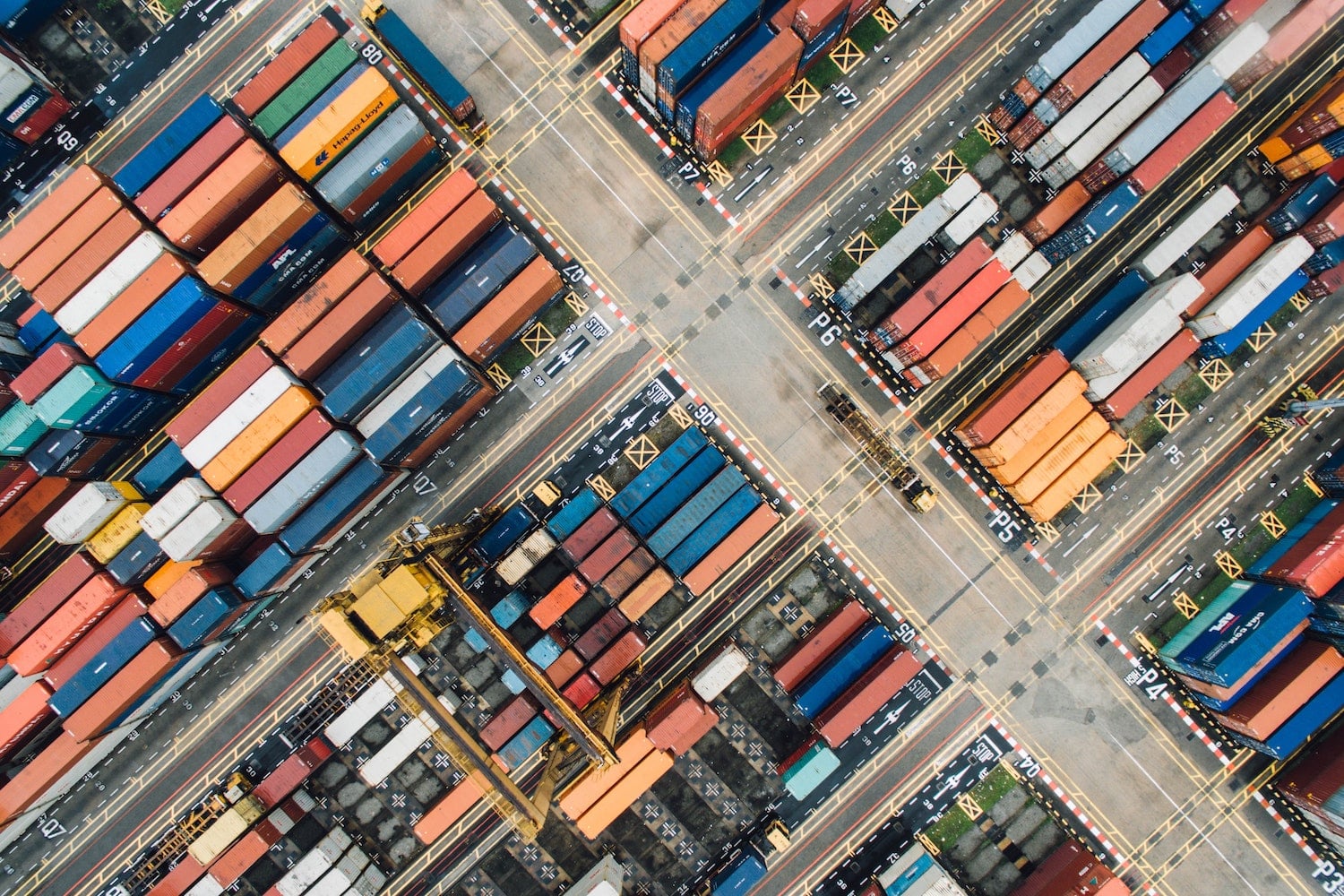


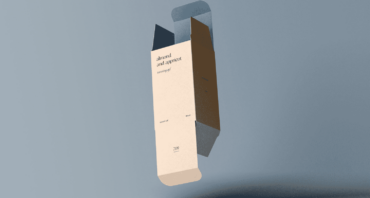
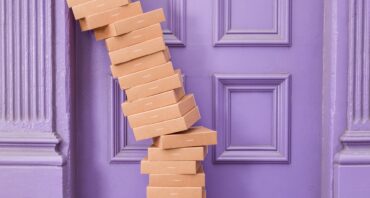


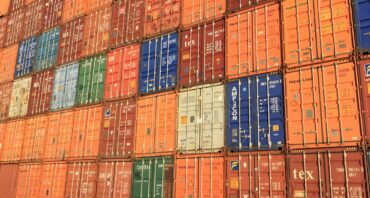
Share